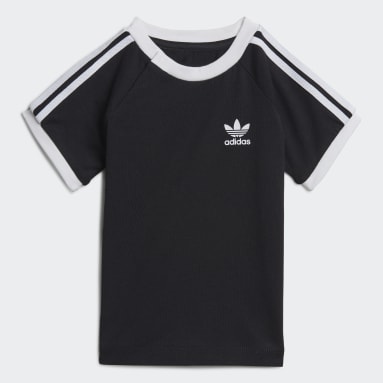
Amazon.com | adidas Grand Court Infant Kids Sports Fashion Trainer Shoe White/Black - UK 7.5 | Sneakers
White Adidas Girls Infant And Toddler Grand Court 2.0 Sneaker | Athletic & Sneakers | Rack Room Shoes

Amazon.com | adidas Baby Racer TR 2.0 Running Shoe, Blue Rush/White/Dark Blue, 3 US Unisex Infant | Fitness & Cross-Training













)
)





